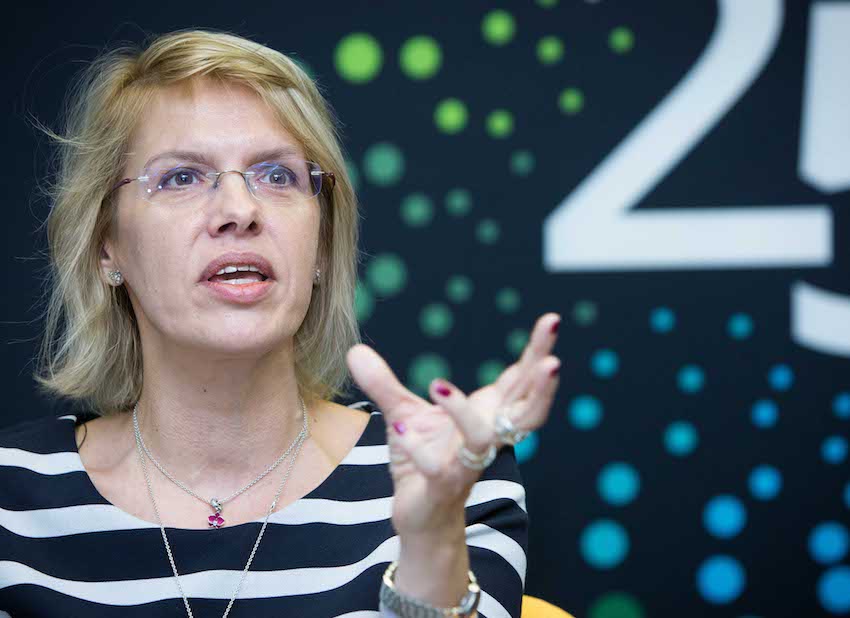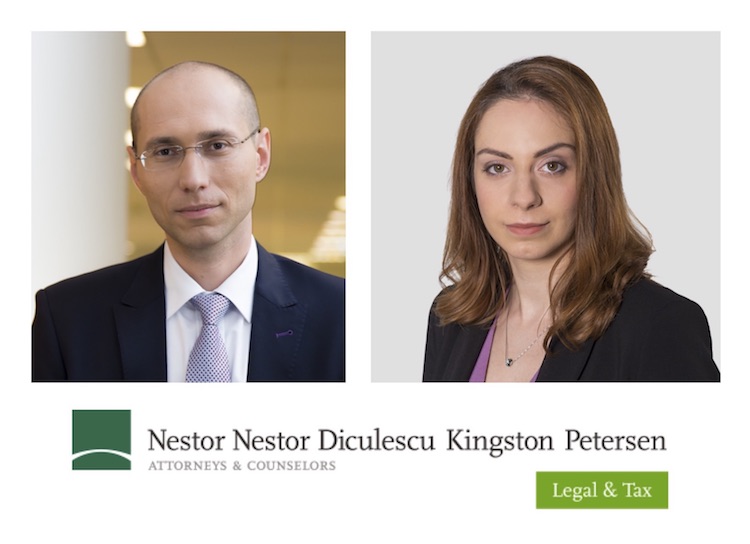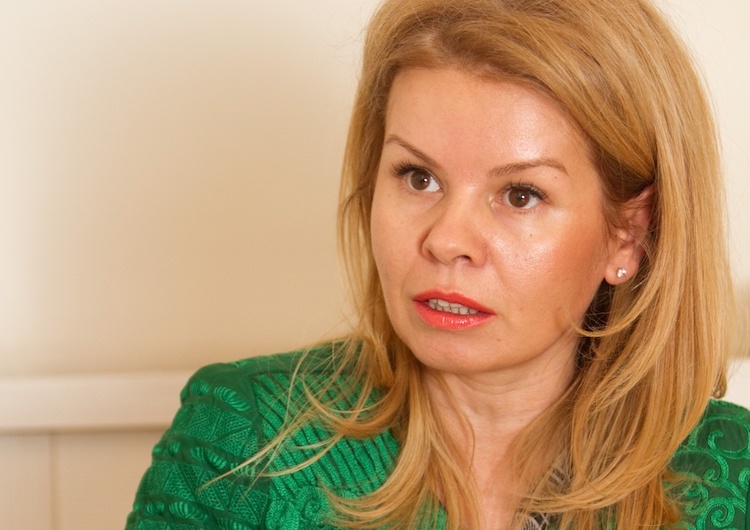Consistent growth in M&A but low transaction value

Macroeconomic stability has brought positive sentiment in the business outlook and gave investors confidence to implement development strategies. This was best reflected in the market for M&A in 2015, where Romania registered a consistent growth of over 23 percent compared to 2014, climbing to a total value of over 3 billion Euro and 123 transactions, according to the Romanian Barometer of M&A, published by EY, placing Romania among the most active markets in Central and South-Eastern Europe.
Despite the impressive growth, Romania is still behind countries such as Poland with 364 deals which generated a combined value of €6.3 billion in 2015 and the Czech Republic with 143 deals, with a combined value of €3.4 billion. Meanwhile, Hungary reported 162 deals with a combined value of €1.9 billion.
Money is not difficult to find, but good projects are, seems to be the motto of the M&A market today. “The capital seems to be available in a fairly good amount, however there is a lack of projects that an investor would benefit from,” says Stefan Damian, Deputy Managing Partner, Tuca Zbarcea & Associates.
Others see things similarly. “If the business fundamentals are right, there is definitely investment capital available. Globally, banks continue to dominate corporate M&A debt financing. We mostly see foreign investors looking into established business in need for development and financial support. We have also seen mezzanine funds looking at investments in Romania,” says Ioana Talnaru, Partner at Clifford Chance Badea.
Lawyers agree that the market is set to pick up. The M&A market is probably one of the sectors most affected by the distressed economy, but many believe this is an opportune moment for investors with significant cash flow to make strategic acquisitions and expand their businesses.
In 2015, the overwhelming majority of investors were strategic (83%), the number of transactions carried out by them increased by 18% compared with 2014, a trend present in all the region, where overall 78% of transactions were made for this type of investors.
“The Romanian M&A market starts to attract an increased number of financial investors/private equity investments,” says Mihai Macelaru, Associated Partner, Head of M&A Practice, Noerr. “They are brought here by the good macro-economic figures of the economy and the stability of the political climate compared to most of our neighbours, but also by the Romanian targets that stepped out of the crisis healthier and stronger. Nonetheless, more often in Romania one can still find deals that are driven by strategic investors rather than by financial investors,” points out Macelaru.
“Romania has been identified for many years as the next go-to investment arena, combining a frontier market’s prospects with the comfort of EU membership,” says Adriana Gaspar, Senior Partner at Nestor Nestor Diculescu Kingston Petersen. “Whereas circumstances have limited the investments in the country, Romania has remained a strategic growth area both geographically and in terms of its wealth of human and natural resources. It is a significant European consumer market and a uniquely placed hub for trade with the majority of BRIC countries and emerging economies. However, despite the undeniable truth of the investment cliches above, in the past years Romania’s high vulnerability to domestic and geo-political developments has left unfulfilled even most realistic and moderate expectations of analysts and has prevented the consolidation of any blooming M&A investment trend. A vast part of the transactions featured by Romanian M&A market in 2015 had individually emerged in their own particular context, whether historical or opportunistic, rather than as outcome of a macroeconomic trend or context of larger outreach,” adds Adriana Gaspar.
“The market remains dominated by small to medium deals, but we have seen a few strategic transactions that involved local businesses (entrepreneurs) and global players. The latter are either attracted by the local market potential or are looking to establish a bridgehead for Europe,” says Ioana Talnaru, Partner Clifford Chance Badea. She adds: private equity funds represent a very dynamic segment, with several important deals sealed last year and some in progress. We have still to see some of the largest players in the industry entering the local market; however, they are actively watching it and waiting for the right opportunities in terms of investment potential.”
“We’ve seen smaller deals, but more frequent than the years before, if we consider Romania as a market where the amounts involved in transactions are completely different from other more mature jurisdictions in Europe. If we take into account transactions concluded by sectors, we’ve seen quite strong activity in bank large portfolio buyouts, transactions involving companies in the cement, construction, real estate, then smaller transactions, but very representative for the market, in various areas such as IT, retail or agribusiness,” says Miruna Suciu, Managing Partner of Suciu Popa.
“Romania should be viewed in the context of its competition with Central and Eastern European countries, such as Poland, the Czech Republic, Hungary or Slovakia,” believes Loredana Van de Waart Partner, Gruia Dufaut Law Office. If, for a while, Romania was underestimated by investors, recent developments place it in a favorable context. Its steady economic growth and macroeconomic stability allow it to compete for funds from investors who expressed their intention to leave the countries where they had been constantly present until now. Therefore, this is a good time for Romania to try to attract strategic investors and investment funds.
If major strategic investors are already present in Romania, there is still room for a more sustained presence of investment funds. Perspectives are good now, at least on paper,“ says Loredana Van de Waart.
By number of deals, the most attractive sectors were IT, energy and mining, followed by real estate and service sectors as well as healthcare. Most transactions in 2015 were made by foreign investors, over 60% of total transactions being made by investors who entered the market through acquisitions or multinationals that consolidated their position in Romania.
“In 2015, we saw a shift from financial investors to strategic investors. Based on our practice, and media information available, deals closed by strategic investors represented more than 80% of the deals disclosed during 2015, up with more than 30% compared to 2014. Financial investors took up less than the remaining 20%. We would expect the current trend set by strategic investors to continue,” believes Razvan Stoicescu, Partner Musat & Asociatii. Consolidation appears to be the main driver for the M&A deals, followed closely by strategic investors stepping into transactions. Investment funds were also active, but they seem to play a lesser role in recently disclosed transactions,” adds Stoicescu.
“There are funds that exit/have to exit their on-going investments and they do this either by means of a secondary or by selling to a strategic investor. There are a lot of strategic investors that expand the boundaries of their business by entering our market or that are relocating their Asian manufacturing facilities closer to their homeland, i.e. in Romania,” says Mihai Macelaru, Associated Partner, Head of M&A Practice, Noerr.
“In the banking sector, there have been lots of NPL transfers from the banks to various investors’ consortiums. Consolidation is also underway in baking sectors, couple of smaller banks were either sold or are undergoing such procedure. In this case, there is a mix of investors - banks (existing) and funds,” says Stefan Damian, deputy managing partner at Tuca Zbarcea & Asociatii.
He adds: “as regards agricultural land acquisition, some strategic players are showing an increasing interest in such transactions, mainly strategic investors and funds. I believe that further consolidation in the retail market will take place by the dominant players with strategic investors being the most active ones. Conversely, in the pharma and medical services sector, many of the transactions that took place this year involved investment funds. The IT sector is amongst the most dynamic ones from a transactional point of view and many strategic investors are looking into buying. Real estate investment has resumed in the past few years and almost every sector - residential, office, logistic - has been on an uptrend. It remains to be seen the impact of the “giving-in payment” law, as many would expect the residential sector to suffer the most. On a related note, the energy market seems to slowly recover, with several big M&A deals being on the pipeline. Mostly strategic investors are looking
at this sector.” As a general rule, transaction prices are increasing in all the areas, probably with IT boosting the most,” believes Damian.
“Last year the M&A practice was a busy area for us, specially after august when the TBI acquisition went through. We see agriculture, medical services and retail to be the most active sectors and we see strategic investors looking for potential acquisitions. We believe automotive will still offer opportunities for greenfield investments in Romania,” says Catalin Grigorescu, Managing Partner, BPV Grigorescu Stefanica si Asociatii.
Compared with 2014, when investors were predominantly from Germany and Austria, the most important foreign investors in 2015 came from the US. Thus, they were responsible for 10% of foreign investment, followed by those in Ireland and the UK, with 8%.
“We generally see a lot of US investments, northern Europe as well as regional investors. Also, Chinese companies seem to revitalize their interest in Romania,” says Bryan Jardine, Managing Partner of Wolf Theiss. “As a particularity, out of continental Europe, we are currently handling six projects for Italian clients, which stands out.”
Lawyers agree that the local M&A market is still struggling to get in the big league and even if rising transaction values are visible in certain sectors, deals don’t get finalised easily. “The attitude investors showed during the economic turmoil which started in 2008 did not change much. You rarely see deals where the risks are easily digested and assumed by the buyer and still, quite often, a lot of transactions fail in different stages, argues Mihai Macelaru, Associated Partner, Head of M&A Practice, Noerr. The negotiations are lengthy and difficult and one has to have a lot of skills and patience to be able to finalize a deal nowadays. The prices vary, but in general the multiples applied are rather prudent,” he adds.
“Negotiations are a bit more complex these days, perhaps on the background of the international economic context which is a bit more unstable, with the Brexit, and various political conflicts emerging,” points out Razvan Stoicescu, Partner Musat & Asociatii.
The view is shared by Loredana Van de Waart Partner, Gruia Dufaut Law Office: ‘the average duration of a transaction’s negotiation and signature process increased, compared to the years before the crisis. Thus, for simpler transactions, which do not involve the notification of the Competition Council or other approvals from the authorities, the negotiation and signature process lasts, in our experience, between 6 and 8 months. For complex transactions, which involve notifications and approvals from the authorities, employee transfers and restructuring procedures, mergers, spin-offs, their duration is between 18 and 24 months, but in some cases such operations lasted even 3 years. Of course, depending on the interests and negotiations of the parties, we dealt with transactions that were completed even in 3 months, but these transactions were much simpler and of a much lower significance. Nevertheless, we generally witness an increased vigilance from investors when negotiating commercial terms, as well as legal conditions and guarantees.”
Gelu Maravela, Managing Partner, Maravela & Asociatii says that “significant transactions are those of global companies extending their presence on a local ground. Difficulty in accessing business capital has been mentioned repeatedly as one of the main obstacles for companies looking to invest in Romania. This includes foreign companies, though Romanian companies are probably more affected as they are overall less better positioned financially wise. As to types of investors, the answer is the same: multinationals and investment funds are the main interested players.”
In 2015, financial investors were more actively seeking new business development opportunities, while strategic ones focused more on the resources sector. Strong businesses with real growth potential seem to have raised more interest in M&A rather than distressed or troubled ones.
The largest transaction of the year 2015 was in the banking sector, the Italian group UniCredit bought a package of 45 percent shares held by businessman Ion Tiriac at UniCredit Tiriac Bank for about €700 million. Among other significant transactions whose value has not been made public was the purchase of private healthcare clinics operator Regina Maria by British fund Mid-Europa Partners (estimated at $148 million) or the purchase of Lafarge and Holcim Romania by Irish manufacturer CRH in a mega cross-border transaction.
by Adrian Ion
the article was published in the 2016 edition of Which Lawyer in Romania legal guide www.whichlawyer.ro






